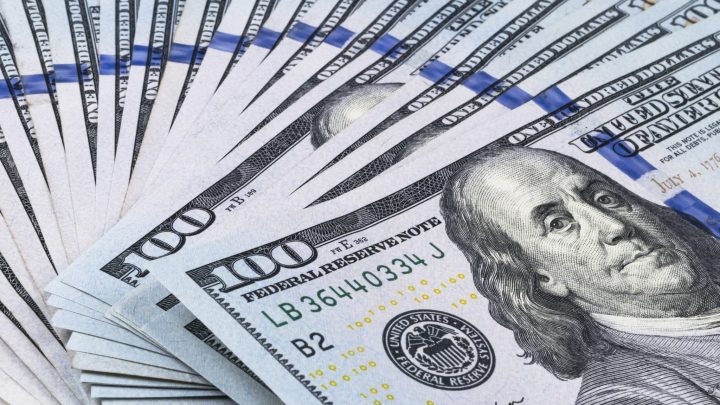The Japanese Yen (JPY) has struggled to build on modest intraday gains, remaining under pressure as it grapples with market dynamics, including potential intervention by Japanese authorities and uncertain signals from the Bank of Japan (BoJ). As the currency seeks stability in a volatile global environment, several key factors are influencing its trajectory, especially against the US Dollar (USD).
Government Intervention Speculation Lends Support
Thursday’s European session saw the Yen buoyed slightly, largely on fears of potential intervention by the Japanese government to curb excessive currency volatility. Statements from key Japanese officials, such as Vice Finance Minister Atsushi Mimura and Finance Minister Katsunobu Kato, have heightened expectations that the government may step in if the Yen faces further depreciation. These officials emphasized a “higher sense of urgency” in monitoring the foreign exchange market, sparking some investor caution around the Yen’s performance.
BoJ Rate Hike Uncertainty Adds to Yen’s Struggles
While the possibility of intervention has provided some support, uncertainty surrounding the BoJ’s interest rate policy has limited the Yen’s upside. September’s BoJ meeting minutes revealed a cautious stance on rate hikes, with the bank wary of external economic uncertainties, especially from the US. The BoJ’s hesitation to adjust policy aggressively stands in contrast to the hawkish outlook of other central banks, creating a significant rate differential that keeps the Yen at a disadvantage.
Also read : USD/JPY Breaks 1% Threshold- Impact Of Rising US Yields And Political Risk On The Yen
Global Market Optimism and Treasury Yields Pressure Yen
Adding to the Yen’s woes is a prevailing risk-on sentiment across global equity markets, which has reduced demand for safe-haven assets like the Yen. Market optimism has strengthened in the wake of Donald Trump’s election victory in the US, which has heightened expectations for fiscal expansion, higher inflation, and potential moderation in rate cuts by the Federal Reserve. The so-called “Trump trades” are driving a sell-off in the US bond market, pushing yields higher—reaching 4.45% on the 10-year Treasury, the highest since July. This, in turn, widens the yield differential between US and Japanese bonds, creating additional headwinds for the JPY.




